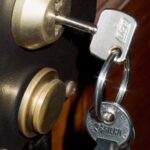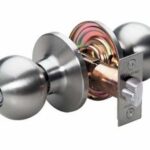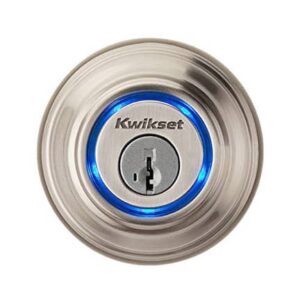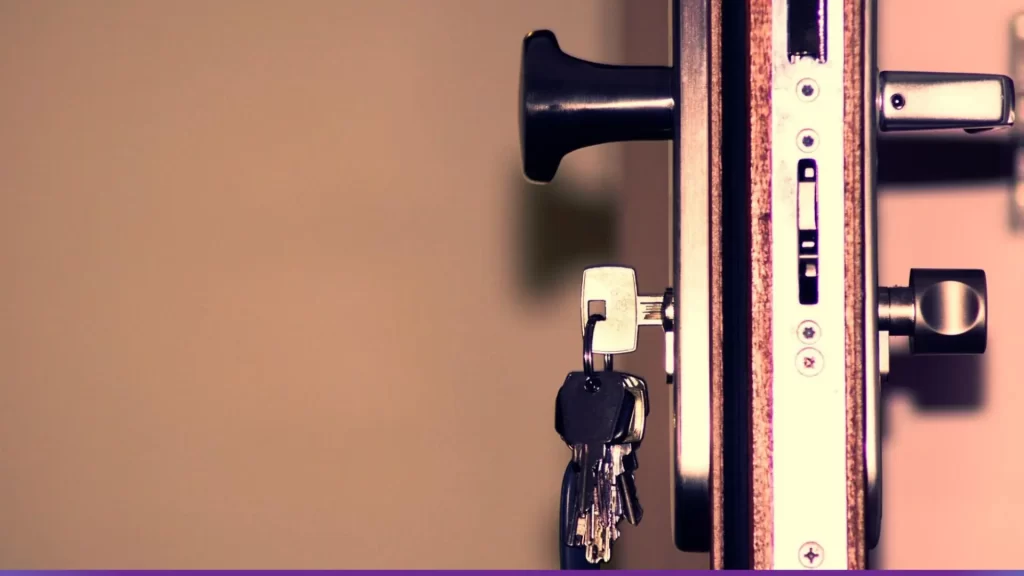When choosing a doorknob or lockset for your home’s exterior or interior doors, it pays to have a clear understanding of the differences between various types. This expert guide will help.
Beyond their functional duties, doorknobs, hinges, and similar hardware components may add significantly to a door’s beauty.
Many styles and finishes of door hardware are available, from ornate brass locksets and hinges to stylish brushed-chrome knobs.
If you’re in the market for new door hardware, making choices can be a bit overwhelming. Here you will find information that will help you buy door hardware that’s appropriate for your needs and taste.
For information on taking care of the door hardware you already have, please see Repairing Doorknobs, Locks & Hardware. You will find step-by-step guidance for do-it-yourself installation in the article How to Replace a Doorknob.
In addition, you will find expert tips for buying glass for both entry doors and interior doors—from high-efficiency energy glazing to decorative leaded glass. For more about window glass, see Selecting Window Glass.
Because doorknobs (also called “locksets” by the trade) must open, close, and lock doors on a frequent basis, it’s important that they work smoothly, efficiently, and securely. And because they are also a highly visible part of your home, doorknobs should be chosen with an eye toward quality and style.
Prices for doorknobs are all over the map, running from a low of about $30 to $800 or more. In most cases, you get what you pay for. Quality locksets are finely machined from high-quality steel and brass and are beautifully plated with brass, bronze, chrome, or similar finishes.
When buying a new lockset, you must distinguish between several variables. Most notably, you must choose whether:
1) It will be a cylindrical or mortise lockset.
2) It is for an interior or exterior door
3) It will include a lock, and
Doorknobs and locksets are readily available online.
Cylindrical vs. Mortise Locksets
Doorknobs, also called locksets, are classified as having bodies that are either cylindrical or mortise.
Cylindrical Locksets
A cylindrical lockset has a rounded body that fits into a large hole bored into the door’s face and intersects with the latch bolt, which is inserted in a second, smaller hole drilled into the door’s edge.
Because this type of lockset does not include a security deadbolt, a second independent deadbolt lock must be added to the door if security is important.
Mortise Locksets
A mortise lockset has a large, rectangular body that slides into a rectangular pocket (mortise) cut into the door’s edge.
The rectangular body of a mortise lockset contains the workings for the knob or lever handle, latch, and deadbolt.
With a mortise set, the knob is generally interconnected with a deadbolt–unlocking the deadbolt also frees the latch. Lock buttons at the door’s edge engage or disengage the lock.
Interior Door Doorknobs
Interior locksets may be referred to as interior knobs, passage locksets, spring-latch locks, or tubular locks.
The most familiar type that has a push-button lock on one side, often used on bathroom and bedroom doors, is called a privacy lock. Privacy—not security—is the operative term. It is not meant to be used as an exterior door knob. This type of lock is easy to release from the outside by pushing a thin nail or sturdy wire into the hole at the center of the knob.
Interior locksets come in chrome, bronze, brass, and other finishes. In addition, they may have round or oval-shaped knobs, or straight, curved, or ornate levers. Prices typically run from $30 to $100.
Though some older homes may have doors equipped with old-fashioned mortise-style locksets, nearly all contemporary interior doors utilize cylindrical locksets because they’re easier to install—in fact, many new doors are pre-bored to receive cylindrical knobs.
Exterior (Entry) Doorknobs
Locksets for exterior doors are also called entry locksets, exterior locks, or keyed locks. These are heavier, more durable, and lock far more securely than doorknobs made for interior doors.
Exterior knobs typically come as a standard keyed entry set, an emergency exit knob (these can be opened from inside without unlocking the latch), and a dummy set (a fixed knob meant to be paired with an active knob).
Entry locksets can be locked or unlocked from both sides of the door using a key, a button, or a throw latch, depending upon the type.
Deadbolts
If you are concerned about security, be sure your exterior doors have deadbolts that are either part of the lockset or installed as a separate lock.
A deadbolt should have a minimum 1-inch “throw”—meaning it extends a minimum of 1 inch beyond the door’s edge—and be made of case-hardened steel.
For a double-cylinder deadbolt, you must use a key from both sides of the door. This is the safest type to use for doors with windows (or else a burglar can just break the glass and reach in to turn the bolt). When people are in the house, however, the key should be left in the interior lock to provide for quick exit in case of a fire or other emergency.
Before You Shop
Before you shop for a lockset for a door, be sure to make note of the following so the knob you buy will fit:
1 The door’s thickness. Doors are typically either 1 3/8 inches or 1 3/4 inches thick. The thicker doors are usually, but not always, exterior models. Be sure to buy a lockset that will fit your door’s thickness.
2 The “back set” dimension. The back set dimension is the measurement from the edge of the door to the center of the hole that is bored for the knob.
3 The type of lockset. Note whether the lockset is a cylindrical model or a mortise lockset.
4 The “handing” of the door. A door that opens toward you and has its knob on the left side is a left-hand door. A door that opens toward you and has its knob on the right side is a right-hand door. Though some locksets are reversible, those with curved levers instead of knobs are not.



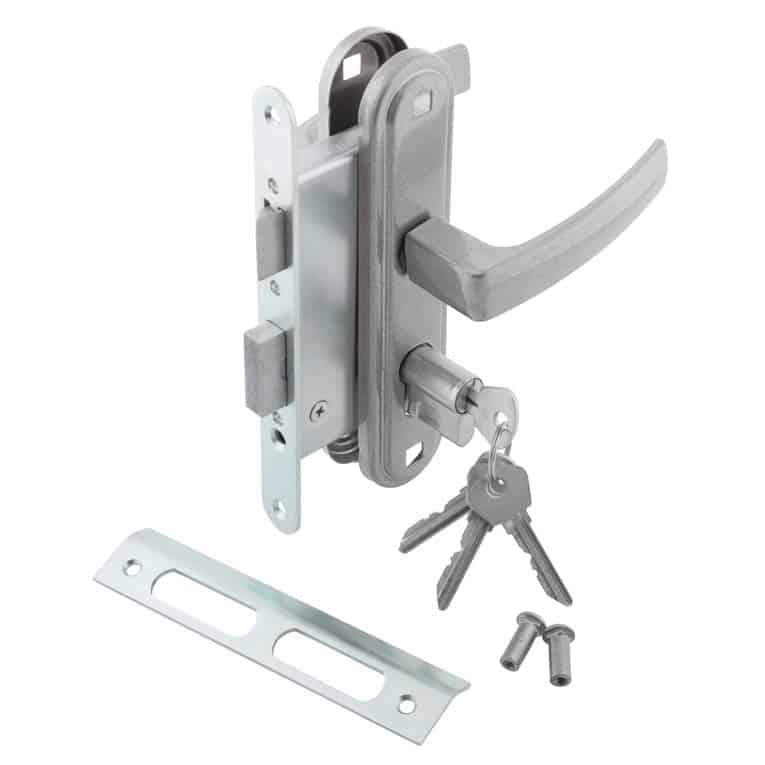
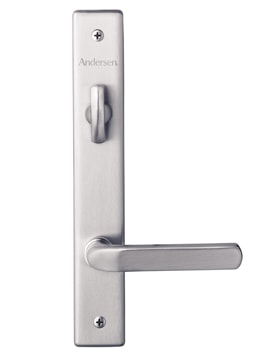
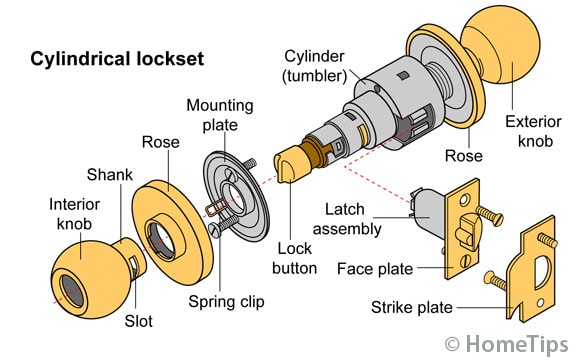
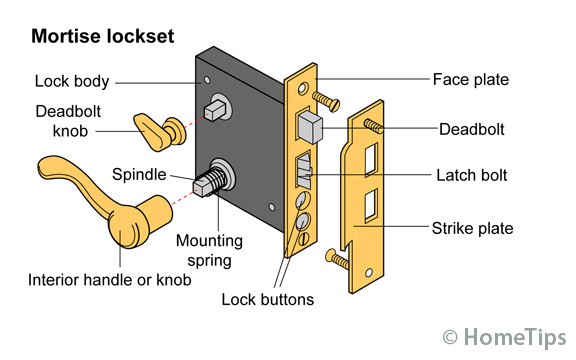
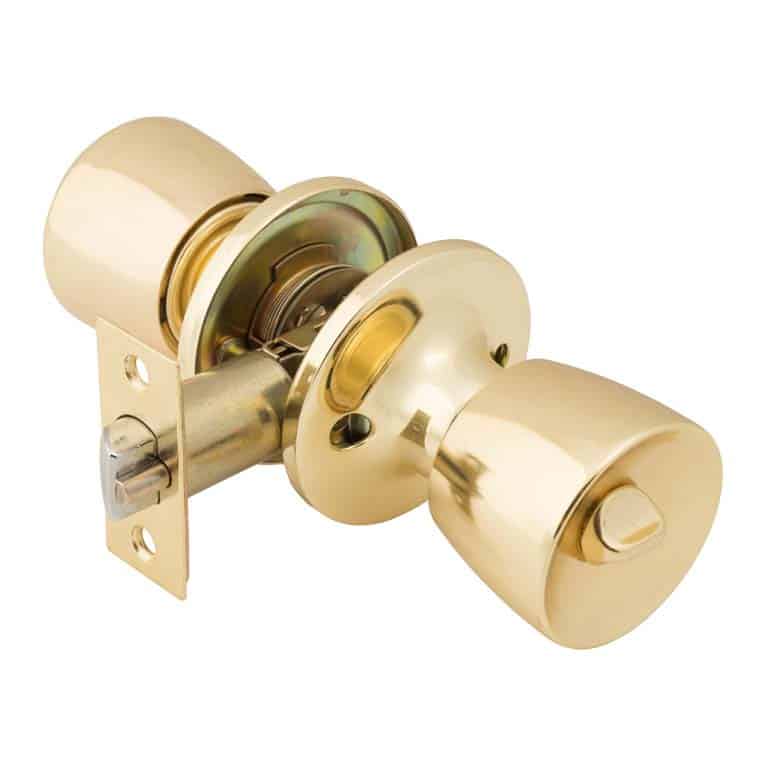
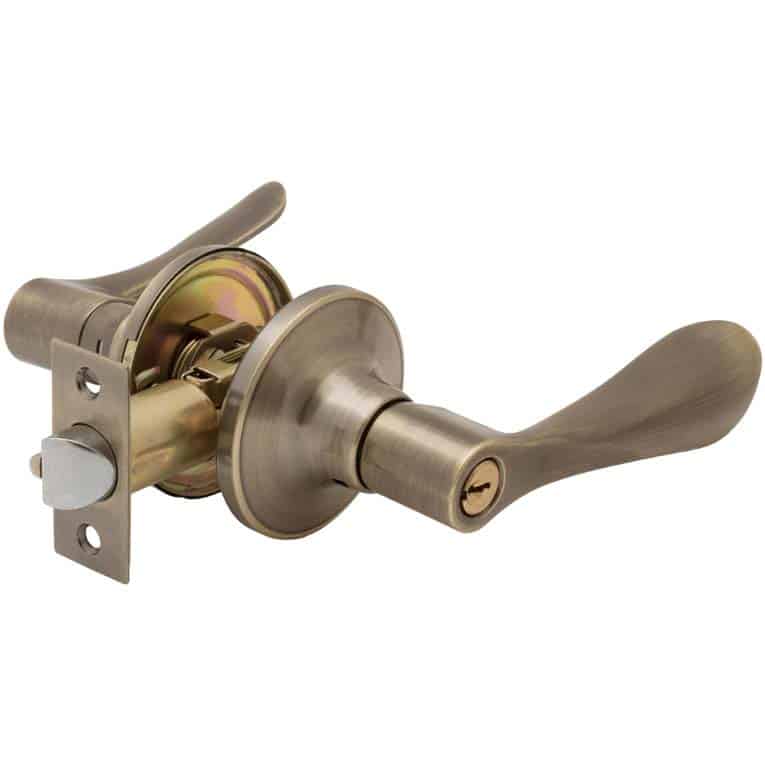
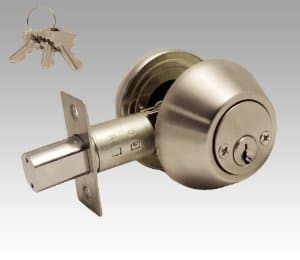
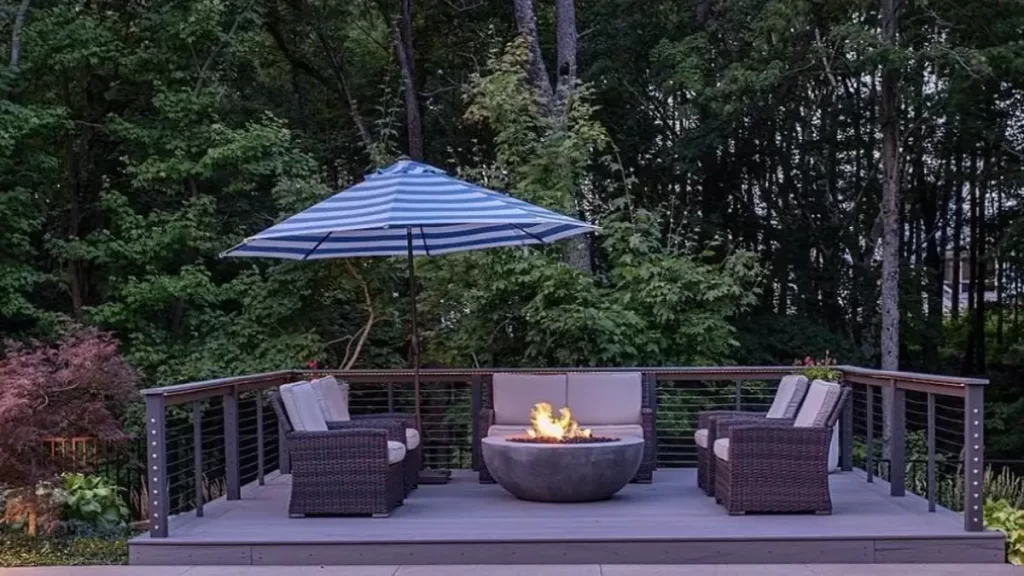
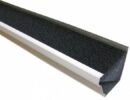
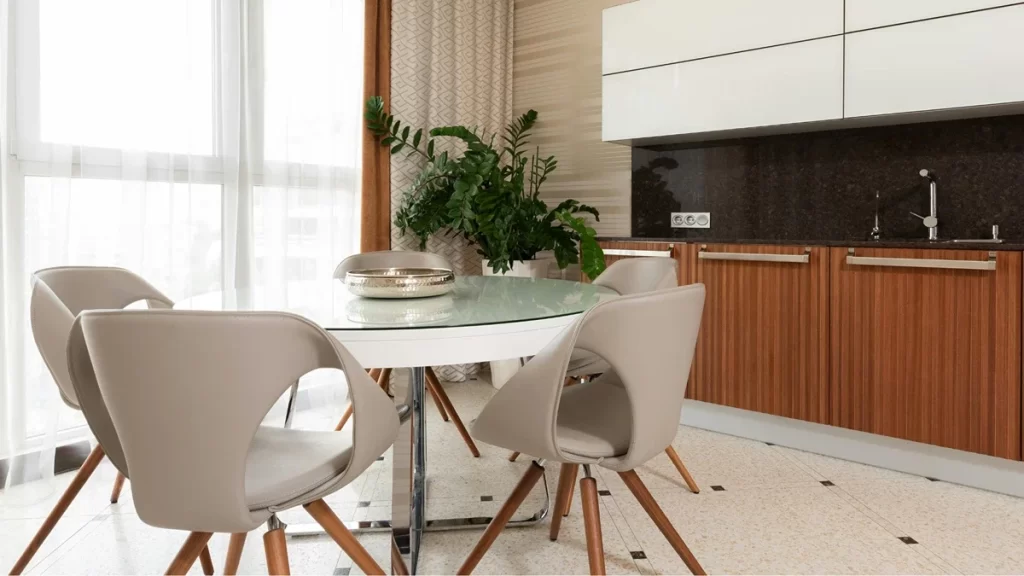

 Don Vandervort writes or edits every article at HomeTips. Don has:
Don Vandervort writes or edits every article at HomeTips. Don has:
